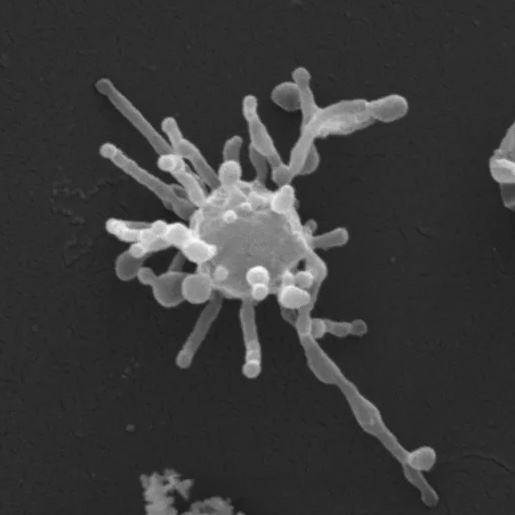
Ancient microbes whose existence predates the rise of nucleus-carrying cells on Earth may hold the secrets to how such complex cells first came to be. Now, for the first time, scientists have grown a large enough quantity of these microbes in the lab to study their internal structure in detail, Science reported.
Researchers grew an organism called Lokiarchaeum ossiferum, which belongs to a group of microbes known as Asgard archaea, according to a new report, published Wednesday (Dec. 21) in the journal Nature. Named after the abode of the gods in Norse mythology, Asgard archaea are thought by some scientists to be the closest evolutionary relatives of eukaryotes, cells that package their DNA in a protective bubble called a nucleus.
On the evolutionary tree of life, Asgards often appear as a “sister” of eukaryotes or as their direct ancestor, Jan Löwe (opens in new tab), leader of the Bacterial Cytoskeleton and other Molecular Machines research group at the Medical Research Council (MRC) Laboratory of Molecular Biology in the U.K., wrote in a commentary (opens in new tab) about the new study. Asgards don’t carry nuclei themselves, but they do contain a suite of genes and proteins that were once thought to be unique to eukaryotes. Researchers have a variety of theories as to how Asgards may have gained primitive nuclei and thus birthed the first complex cells, which later gave rise to plants, animals and humans.
“Writer Fuel” is a series of cool real-world stories that might inspire your little writer heart. Check out our Writer Fuel page on the LimFic blog for more inspiration.

